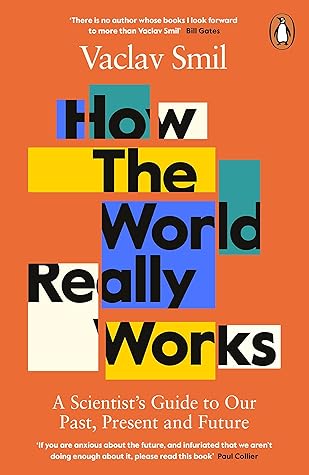For generations, businesses and governments were the most common practitioners and consumers of forecasting, then academics joined the game in large numbers from the 1950s, and now anybody can be a forecaster—even without any mathematical skills—simply by using plug-in software or (as has been in vogue lately) by making baseless qualitative predictions. As in so many other cases of newly expanded endeavors (information flows, mass education), the quantity of modern forecasting has become inversely proportional to its quality. Many forecasts are nothing but the simplest extensions of past
...more
Welcome back. Just a moment while we sign you in to your Goodreads account.


